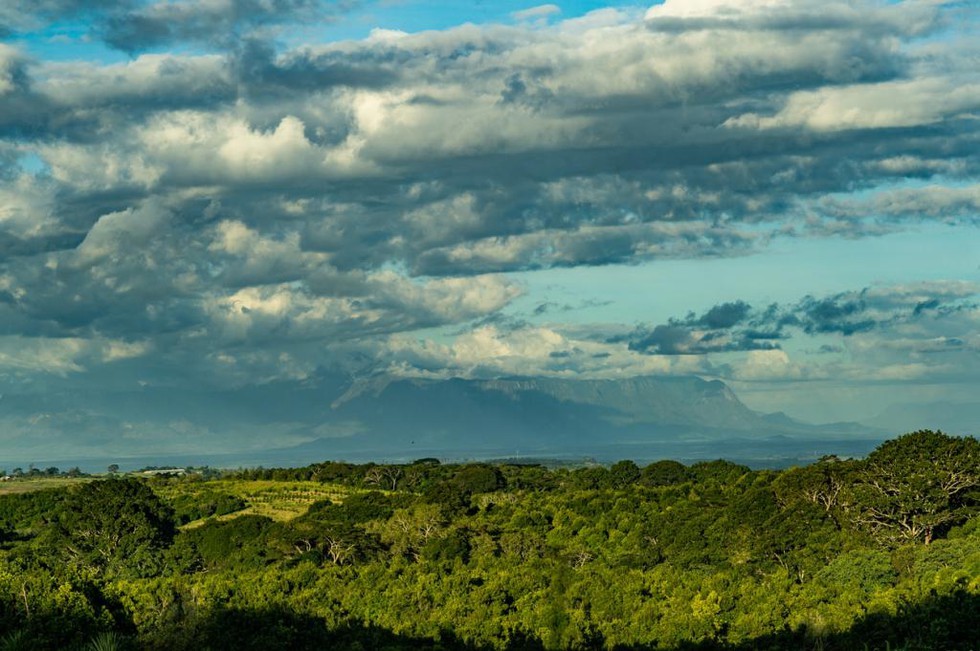
South East Africa Montane Archipelago (SEAMA)

29.03.2024
South East Africa Montane Archipelago (SEAMA)
|
For Prelims:About South East Africa Montane Archipelago (SEAMA),What are Inselbergs? |
Why in the news?
A recent study in southern Africa has unearthed a wealth of previously undocumented biodiversity in a newly recognised ecoregion called the South East Africa Montane Archipelago (SEAMA).
About South East Africa Montane Archipelago (SEAMA):
- It is a newly recognised mountainous ecoregion. It stretches across northern Mozambique to Mount Mulanje in Malawi, southern Africa’s second-highest mountain.
- The ecoregion encompasses 30 granitic inselbergs reaching > 1000 m above sea level, hosting the largest (Mt Mabu) and smallest (Mt Lico) mid-elevation rainforests in southern Africa, as well as biologically unique montane grasslands.
- SEAMA has distinctly higher annual rainfall and humidity, especially in the dry season, compared to surrounding regions.
- Since 2000, SEAMA has lost 18% of its primary humid forest cover (up to 43% in some sites)—one of the highest deforestation rates in Africa.
- The major cause of montane forest loss in SEAMA is slash and burn shifting agricultural practices, typically used for subsistence food production by local communities, along with charcoal production, for household cooking, and as a source of revenue.
What are Inselbergs?
- Inselberg, or Monadnock, is an isolated, steep-sloped ridge, hill, or small mountain that stands above well-developed plains. It appears like an island rising from the sea.
- Inselbergs are generally erosional remnants. Often, inselbergs are composed of harder igneous rock (such as granite) that is more resistant to erosion. However, inselbergs may also form in sedimentary rocks.
- These structures are one of several varieties of landforms called paleo forms that can survive with little modification for tens of millions of years.
- In inselberg landscapes, the active erosional processes are confined to valley sides and valley floors.
Source: Down to earth